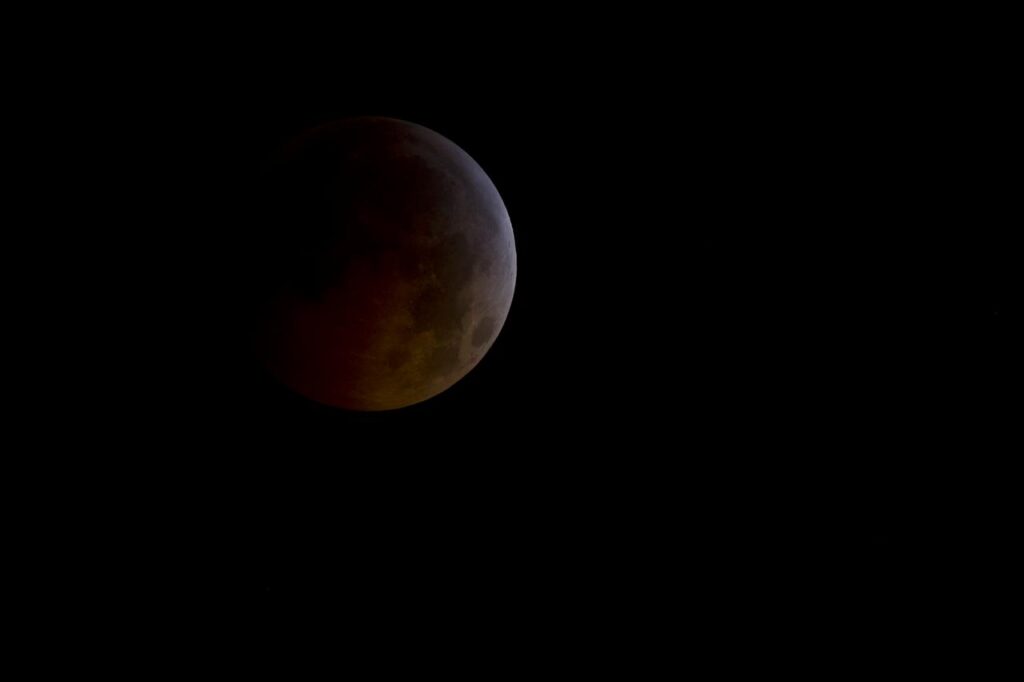
By Pamela Cruz. Peninsula 360 Press [P360P].
Tonight, all astronomy lovers will be able to enjoy one of the most awaited events: a partial lunar eclipse, but not just any, because this will be of long duration, and according to the National Aeronautics and Space Administration, better known as NASA, there will not be one like this in centuries.
The event that will take place during Thursday night and early Friday morning will be visible in North America, so there is a good chance of enjoying it.
The astronomical event will be remarkable because, during the eclipse, up to 99.1 percent of the Moon will be in the shadow of the Earth, so, although it will not be a total eclipse, it will be very close to it, NASA reported.
Is this the longest lunar eclipse of the century?
- According to data provided by the agency, it is actually the longest partial lunar eclipse in a millennium, with 3 hours, 28 minutes and 23 seconds.
There has not been a longer partial lunar eclipse since February 18, 1440 - 3 hours, 28 minutes, 46 seconds - and it will remain the longest partial lunar eclipse for 648 years, until February 8, 2669 - 3 hours, 30 minutes, 2 seconds. There will be a longer total lunar eclipse on November 8, 2022.
The best viewing will be right around the peak of the eclipse, on November 19 at 9:03 UTC / 4: 03 AM EST / 1: 03 AM PST.
This part of the eclipse is visible throughout North America, as well as much of South America, Polynesia, eastern Australia and northeast Asia.
Why is this eclipse so long?
This is a long eclipse for two main reasons: 1) The orbital speed of the Moon and 2) The near totality of the eclipse.
First, the Moon's orbit around the Earth is not a perfect circle, and the Earth is off-center within the orbit, so sometimes the Moon is closer to the Earth and sometimes farther away. This change in distance affects the Moon's orbital speed.
Closer to Earth, the Moon moves faster, while farther away, it travels more slowly. At this time, the Moon is near its farthest point in its orbit around the Earth and is therefore moving slowly through the Earth's shadow.
Second, because this eclipse is nearly total, the Moon spends more time in the Earth's umbra than in a "more partial" eclipse.
What else can I see tonight?
During the eclipse, the Moon moves through the western part of the constellation Taurus. The Pleiades star cluster is in the upper right, and the Hyades cluster, including the bright star Aldebaran, the eye of the bull, is in the lower left. Here are some more tips for observing the sky during November.
Why does the Moon turn red during a lunar eclipse?
It is called Rayleigh scattering. Light travels in waves and different colors of light have different physical properties.
During a lunar eclipse, the Moon turns red because the only sunlight reaching the Moon passes through the Earth's atmosphere. The more dust or clouds in the Earth's atmosphere during the eclipse, the redder the Moon appears. It's as if all the sunrises and sunsets in the world were projected onto the moon, NASA says.
You may be interested in: What is the blue moon?


